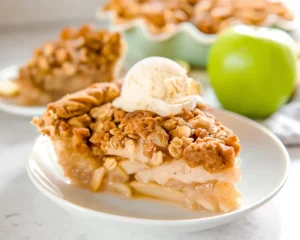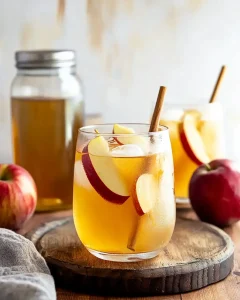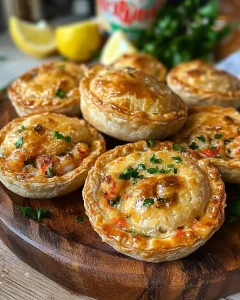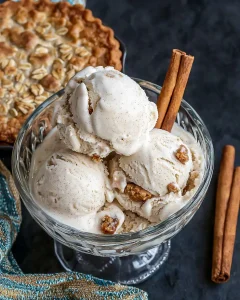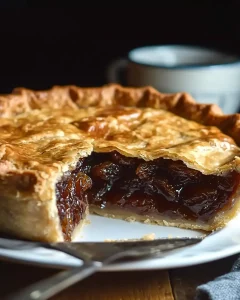The Complete Guide to Homemade Pies
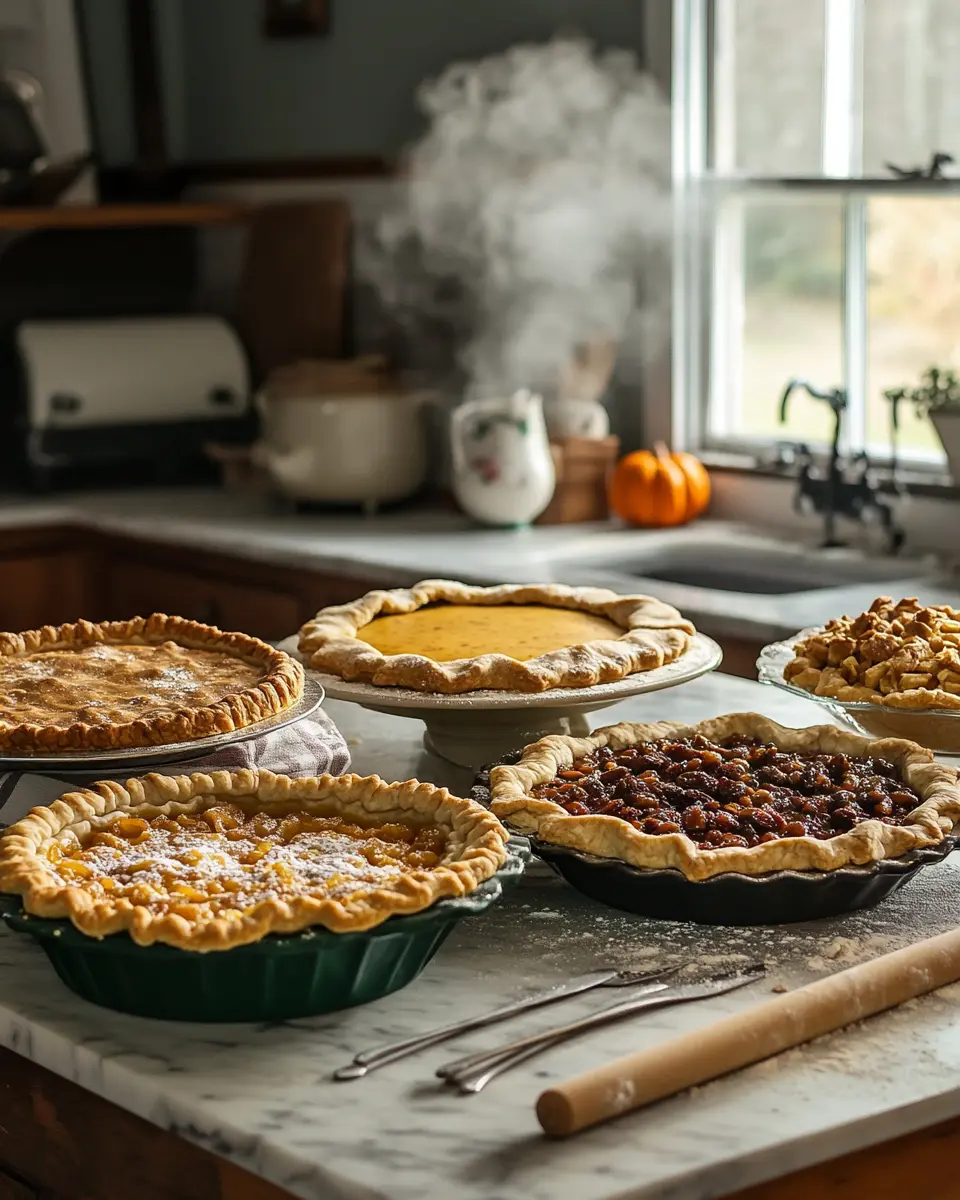
Homemade pies made easy with expert techniques for raisin, bean, pumpkin, and peanut butter pies. Master traditional and modern recipes with our comprehensive guide to perfect homemade pies.
There’s something magical about the aroma of a freshly baked pie wafting through your kitchen. Whether you’re a seasoned baker or just starting your pie-making journey, mastering the art of homemade pies opens up a world of culinary possibilities that store-bought desserts simply can’t match.
After years of perfecting pie recipes and techniques, I’ve discovered that the secret to exceptional homemade pies lies not just in following recipes, but in understanding the science behind each component—from creating the perfect flaky crust to achieving ideal filling consistency.
Why Homemade Pies Reign Supreme
According to the American Pie Council, over 186 million pies are consumed annually in the United States, with homemade versions consistently ranking higher in taste tests than commercial alternatives. The reason is simple: when you control every ingredient, you control the quality, flavor, and nutritional value of your dessert.
Key advantages of homemade pies:
- Complete control over ingredients and sugar content
- Ability to customize flavors and textures
- Cost-effectiveness compared to bakery pies
- The satisfaction of creating something from scratch
- Perfect portion control and dietary accommodations
Table of Contents
Mastering Traditional Fruit Pies – The Timeless Raisin Pie
The Heritage of Raisin Pies
Raisin pies hold a special place in American baking history, particularly during the Great Depression when affordable ingredients were essential. These humble yet delicious pies prove that simple ingredients can create extraordinary desserts when combined with proper technique.
Essential Techniques for Perfect Raisin Pies
The key to exceptional raisin pies lies in three critical steps: proper raisin preparation, achieving the right filling consistency, and timing your bake perfectly. The most common mistake home bakers make is not allowing enough time for the raisins to plump and release their natural sweetness.
Pro tip: Always soak your raisins in warm water or juice for at least 15 minutes before incorporating them into your filling. This ensures even distribution of moisture and prevents tough, chewy spots in your finished pie.
For a foolproof approach to this classic dessert, our simple raisin pie recipe walks you through each step with detailed photos and troubleshooting tips. The recipe includes my grandmother’s secret ingredient that transforms ordinary raisins into a rich, complex filling.
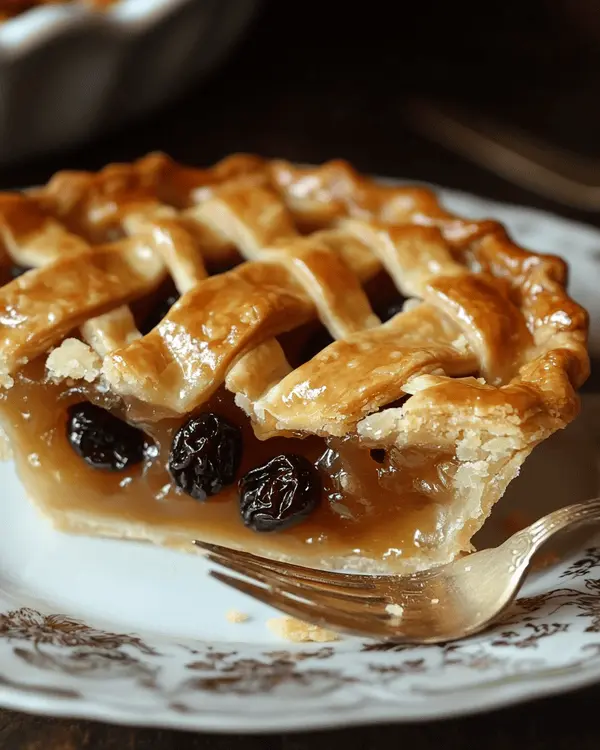
Elevating Your Raisin Pie Game
Once you’ve mastered the basics, it’s time to explore more sophisticated variations. The best old-fashioned raisin pie recipe incorporates traditional techniques passed down through generations, including a unique spice blend and pastry method that creates an exceptionally tender crust.
This advanced version includes:
- Heritage variety raisin selection guide
- Traditional spice combinations and ratios
- Heirloom crust techniques for maximum flakiness
- Proper storage methods for optimal freshness
Exploring Unique Regional Specialties – The Soul Food Classic Bean Pie
The Cultural Significance of Bean Pie
Bean pie represents one of America’s most distinctive regional desserts, with deep roots in African American culinary tradition. Originally created as a healthier alternative to sweet potato pie, this protein-rich dessert has gained recognition for both its nutritional value and unique flavor profile.
Understanding Bean Pie Fundamentals
The secret to exceptional bean pie lies in selecting the right beans and achieving the perfect puree consistency. Navy beans are traditional, but the preparation method—including proper soaking, cooking, and blending techniques—determines whether your pie will have that signature smooth, custard-like texture.
Nutritional benefits of bean pie:
- High protein content (8-10g per slice)
- Excellent source of fiber and folate
- Lower sugar content than traditional custard pies
- Naturally gluten-free when made with appropriate crust
Our comprehensive bean pie recipe guide provides step-by-step instructions for creating this unique dessert, including bean selection tips, proper cooking techniques, and flavor enhancement methods that transform humble legumes into an indulgent treat.
Perfecting Your Bean Pie Technique
The most challenging aspect of bean pie making is achieving the right consistency without grittiness. This requires specific blending techniques and the correct ratio of liquid to solids. Temperature control during baking is equally crucial—too high, and the proteins will curdle; too low, and the pie won’t set properly.
Modern Bakery-Style Innovation – Milk Bar’s Revolutionary Pumpkin Pie
The Science of Modern Pie Making
Christina Tosi’s innovative approach to classic desserts has revolutionized how we think about traditional pies. Her pumpkin pie technique incorporates modern pastry science principles while maintaining the comfort food appeal that makes pumpkin pie a fall favorite.
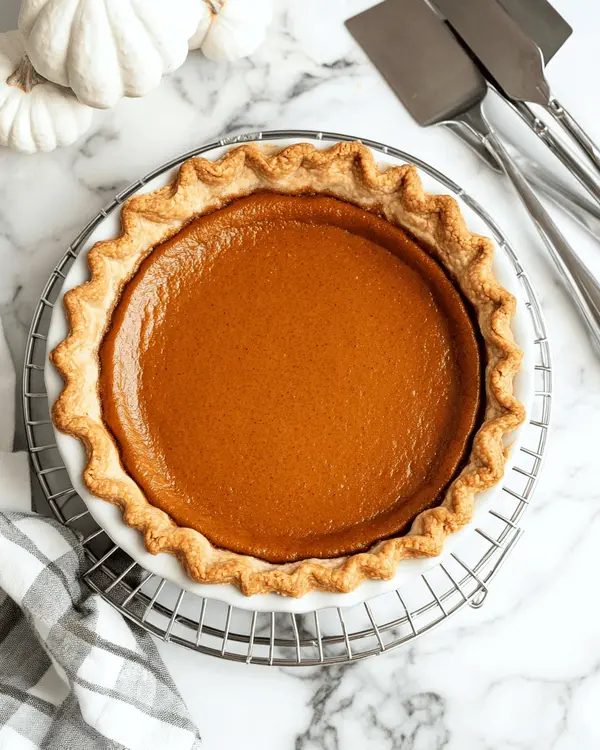
Breaking Down the Milk Bar Method
What sets this approach apart is the attention to texture contrasts and flavor layering. Instead of a single-note pumpkin filling, the Milk Bar method creates multiple textural elements that provide interest in every bite.
Key innovations in modern pumpkin pie:
- Enhanced spice blending techniques
- Texture modification through ingredient ratios
- Temperature control for optimal mouthfeel
- Creative garnish and presentation methods
The detailed Milk Bar pumpkin pie recipe breaks down each component of this innovative approach, including the signature crust preparation and the multi-step filling process that creates layers of flavor and texture.
Why This Method Works
The science behind this approach involves manipulating protein structures and moisture content to create a filling that’s simultaneously rich and light. The technique requires precise timing and temperature control, but the results speak for themselves—a pumpkin pie that maintains its shape while delivering an almost mousse-like texture.
Celebrity-Inspired Comfort Classics – Dolly Parton’s Peanut Butter Pie
The Appeal of No-Bake Desserts
Not all exceptional pies require oven time. Dolly Parton’s famous peanut butter pie represents the perfect intersection of convenience and indulgence, proving that sometimes the simplest techniques yield the most impressive results.
Understanding No-Bake Pie Science
The key to successful no-bake pies lies in understanding how different ingredients set and stabilize without heat. Cream cheese, whipped cream, and peanut butter each contribute different properties to the final texture, and the ratios must be precise to achieve the ideal consistency.
Essential components of perfect no-bake pies:
- Proper stabilizer ratios for firm set
- Temperature control during preparation
- Chilling time optimization
- Crust selection for structural integrity
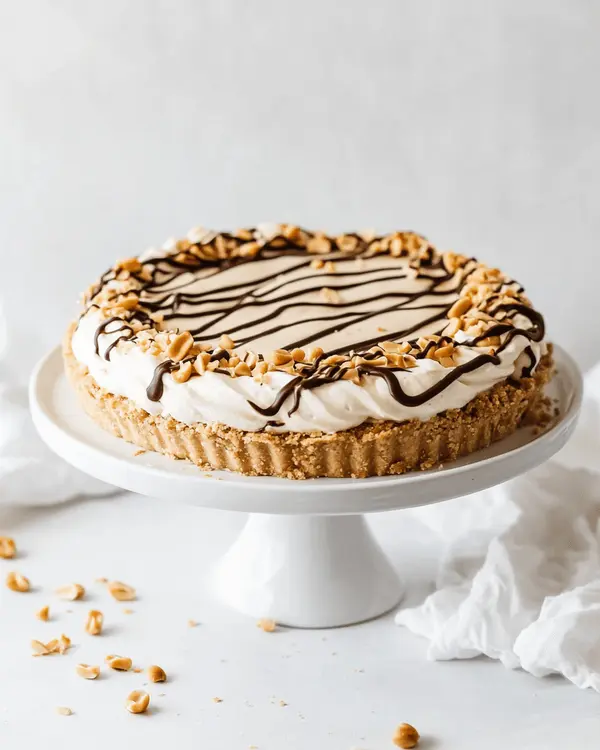
The Dolly Parton Difference
What makes Dolly Parton’s peanut butter pie recipe special isn’t just the celebrity endorsement—it’s the careful balance of sweet and salty elements, the ideal texture achieved through specific mixing techniques, and the presentation methods that make this pie as beautiful as it is delicious.
The recipe includes insider tips for:
- Selecting the right peanut butter consistency
- Achieving perfect whipped cream stability
- Creating professional-looking garnishes
- Proper storage techniques for optimal texture
Essential Pie-Making Fundamentals and Pro Tips
Building Your Pie-Making Foundation
Regardless of which style of pie you’re creating, certain fundamental techniques remain constant. These building blocks will improve every pie you make, from the simplest fruit pie to the most complex custard creation.
Critical Success Factors
Crust Mastery:
- Fat-to-flour ratios for different textures
- Hydration levels and mixing techniques
- Temperature control throughout the process
- Rolling and shaping best practices
Filling Fundamentals:
- Thickening agent selection and usage
- Flavor balancing principles
- Texture optimization techniques
- Timing for optimal results
Baking Science:
- Oven positioning and temperature control
- Steam management for crust development
- Visual and tactile doneness indicators
- Cooling techniques for best texture
Professional Tips for Home Bakers
After years of perfecting these techniques, here are the game-changing tips that separate good pies from exceptional ones:
- Temperature is everything: Use a thermometer for both your kitchen and your ingredients
- Quality ingredients matter: Invest in real vanilla, fresh spices, and high-quality fats
- Timing is crucial: Allow adequate chilling time for crusts and proper cooling for fillings
- Practice makes perfect: Start with simpler recipes before attempting complex techniques
Building Your Pie-Making Arsenal
Essential tools for serious pie makers include a kitchen scale for precise measurements, a marble rolling surface for optimal dough handling, and various pie plates for different styles. Quality tools make the process more enjoyable and the results more consistent.
Conclusion: Your Journey to Pie Perfection
Mastering homemade pies is a journey that rewards patience, practice, and attention to detail. Whether you’re drawn to the nostalgic comfort of raisin pie, intrigued by the unique appeal of bean pie, excited by modern innovations like the Milk Bar approach, or charmed by celebrity favorites like Dolly’s peanut butter creation, each style offers unique lessons and satisfying results.
The recipes featured in this guide represent just the beginning of your pie-making adventure. Each one builds upon fundamental techniques while introducing new skills and flavor combinations that will expand your baking repertoire.
Remember, the best pie is the one made with care, attention to detail, and love for the process. Start with whichever recipe appeals to you most, master those techniques, then branch out to explore new styles and flavors.
For more detailed recipes, step-by-step photos, and troubleshooting guides, explore our complete collection of pie recipes at desserthaven.net.

